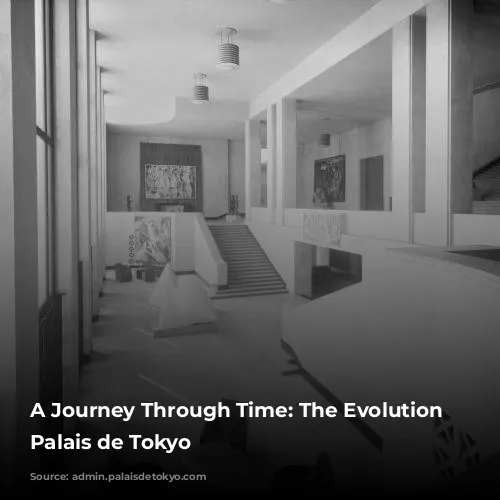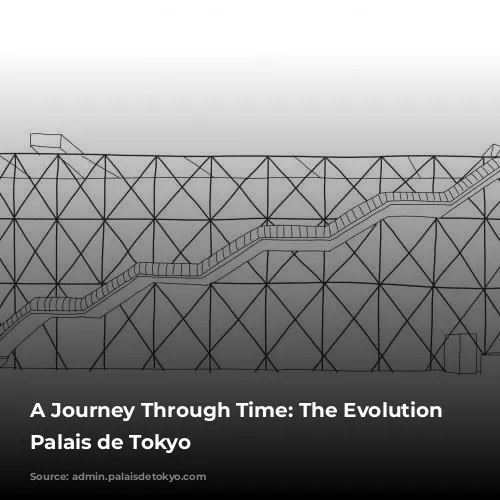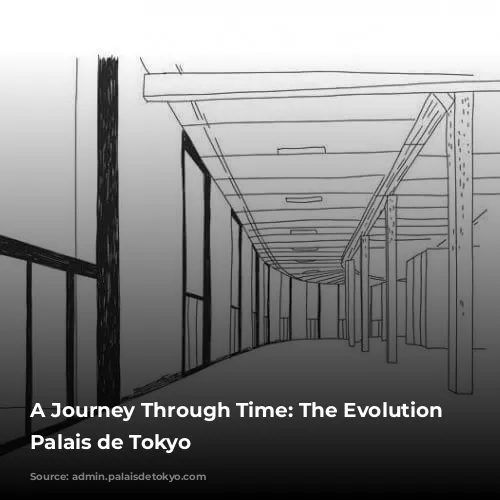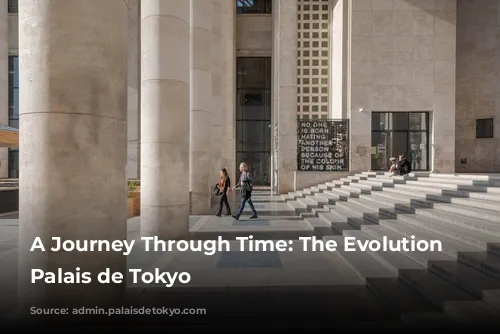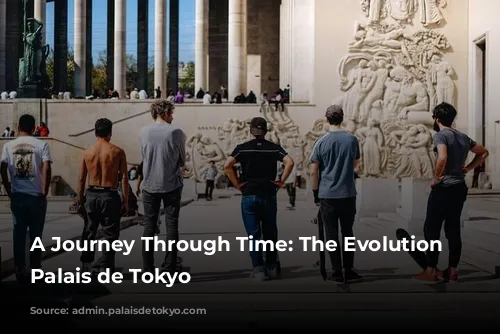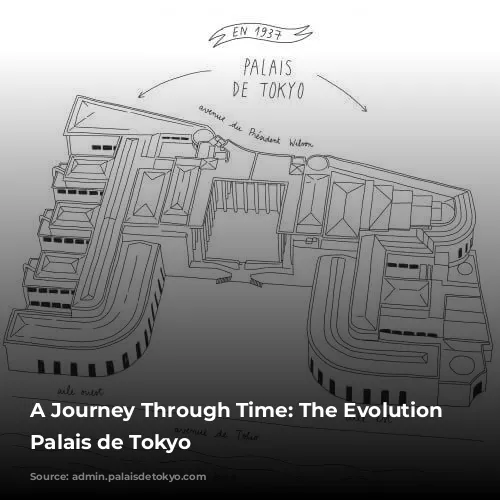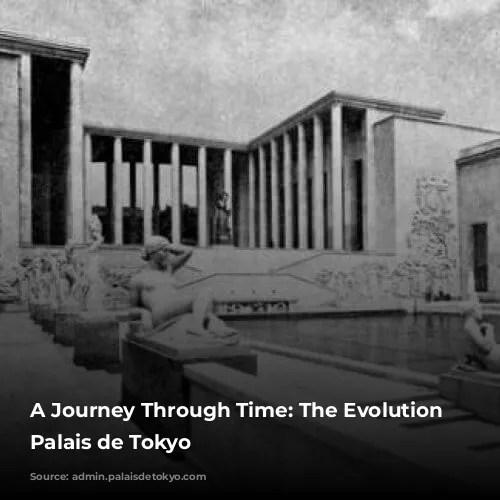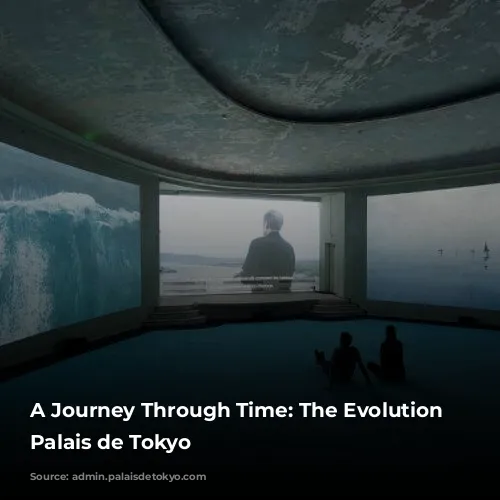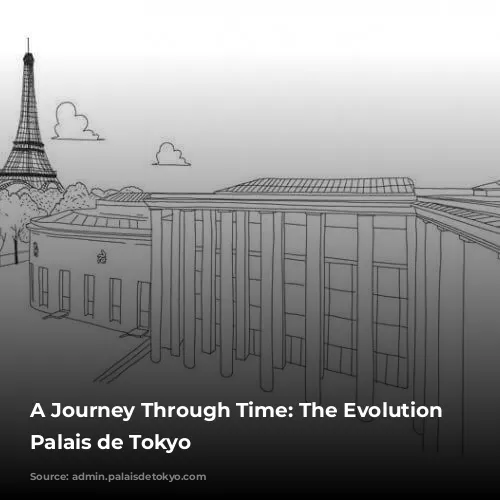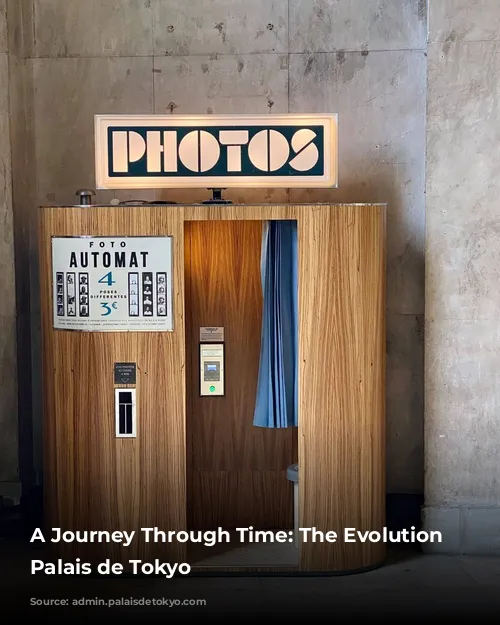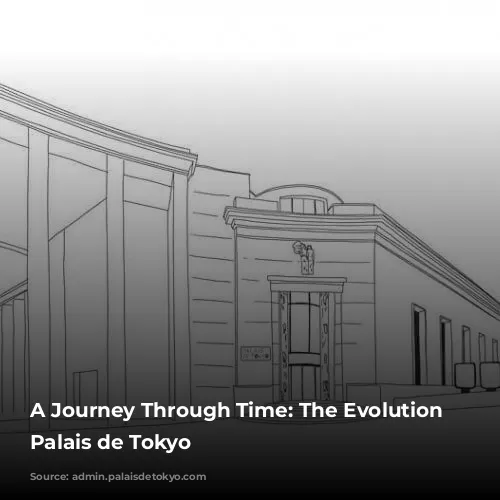The Palais de Tokyo, a vibrant hub of contemporary art in Europe, boasts a fascinating history that reflects the evolving landscape of artistic creation. Its story is a tapestry woven with architectural ambition, cultural shifts, and the enduring spirit of artistic innovation.

From a Palace of Museums to a Center for Modern Art
The Palais de Tokyo’s journey began in 1937 as a grand vision for the Exposition internationale. This imposing building, designed to house two prestigious museums – the Musée d’art moderne de la Ville de Paris and the Musée national d’art moderne – became a symbol of artistic ambition. The Musée d’art moderne de la Ville de Paris found its permanent home in the east wing, while the west wing played host to a variety of institutions and events, all focused on the visual arts.

Echoes of War and Transformation
The Palais de Tokyo’s history, like that of much of Europe, was deeply impacted by the Second World War. From 1939 onwards, its treasures were scattered across France to protect them from requisition by the German government. A sad chapter unfolded in late 1941, when the basements of the two museums were transformed into warehouses for stolen Jewish property, a stark reminder of the war’s devastating effects.
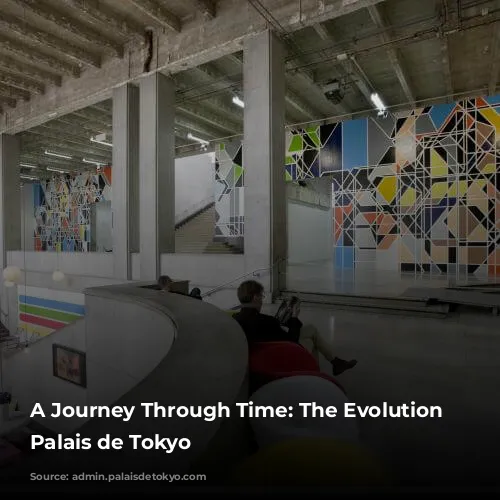
A Dream Deferred: The Palais du cinéma
The ambition to create a Palais du cinéma – a grand center for cinema, encompassing the musée du cinéma, the FEMIS, and film archives – took root in the west wing. This vision led to the relocation of the Fond National d’Art Contemporain in 1991 and the Centre National de la Photographie in 1993. But fate had other plans. The ambitious project was abandoned in 1998, leaving the west wing empty once more.
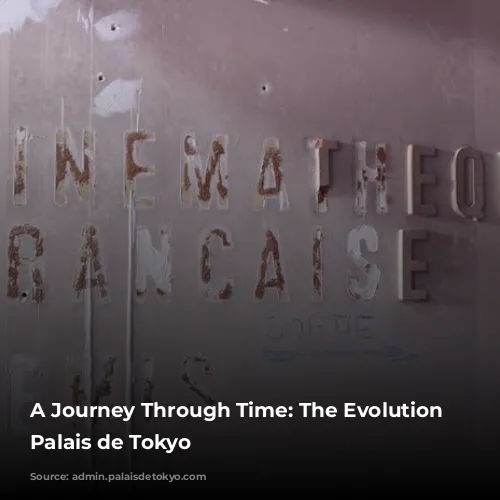
Rebirth and Renewal: Palais de Tokyo Rises Again
The year 2012 marked a turning point for the Palais de Tokyo. After ten months of renovation and a three-month closure, the building reopened with a renewed sense of purpose. The architects Anne Lacaton and Jean-Philippe Vassal, entrusted with the revitalization project, breathed new life into the west wing. This stunning transformation resulted in a vast space of 22,000 square meters, making the Palais de Tokyo the largest center for contemporary art in Europe.
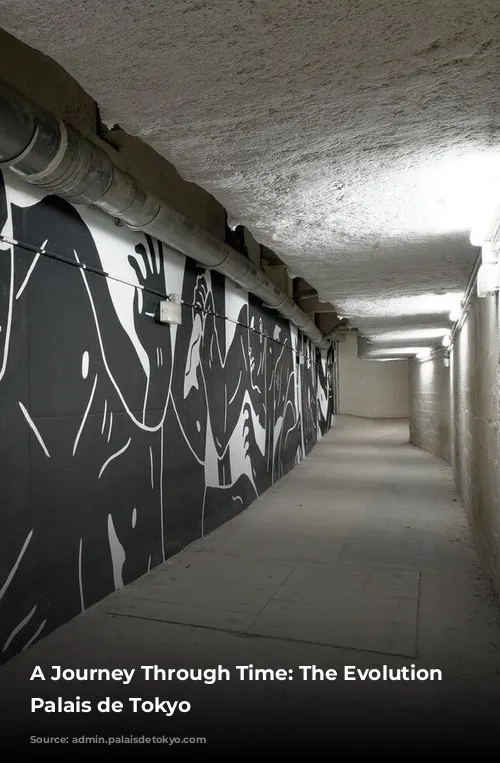
A Canvas for Contemporary Creation: The West Wing Reimagined
The Palais de Tokyo’s transformation involved much more than just physical renovation; it signified a shift in its mission. The Ministry of Culture and Communication decided to dedicate the west wing to contemporary art, marking a decisive departure from the building’s previous roles. The demolition process revealed hidden spaces, transforming the interior into an industrial wasteland, a perfect canvas for contemporary expression. Anne Lacaton and Jean-Philippe Vassal, embracing this unexpected landscape, decided to preserve this raw, industrial aesthetic.
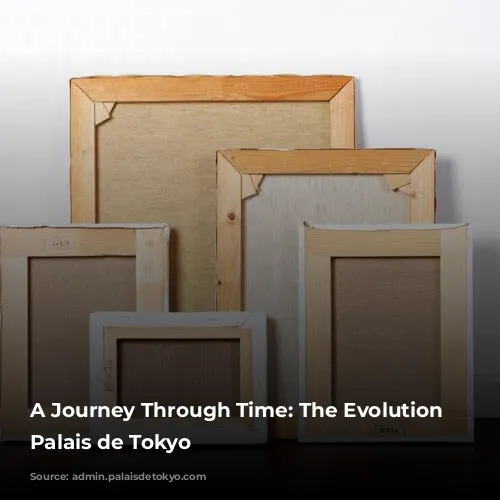
Hidden Gems and Urban Inspiration
The Palais de Tokyo, despite its vastness, holds within its walls hidden treasures. One such treasure is a mysterious oval cinema room, integrated into the building since its inception in 1937. Walling this unique space during the Musée national d’art moderne era, the room was rediscovered in the 1990s and finally opened to the public in 2012.
The Jardin aux Habitants, a vibrant green oasis adjacent to the Palais de Tokyo, provides an escape from the urban landscape. This unique garden, designed by Robert Milin, invites visitors to explore the diverse expressions of 16 individual gardeners who cultivate their own plots, creating a reflection of their personalities.

Immersive Art and Urban Inspiration
The Palais de Tokyo embraces the urban spirit, extending its reach beyond its walls. The Lasco Project, launched in 2012, invites urban artists to transform the most hidden spaces of the Palace, inviting visitors on an immersive journey through art. The Palais de Tokyo, with its rich history, is not only a center for contemporary art; it is also a vibrant hub for urban expression.
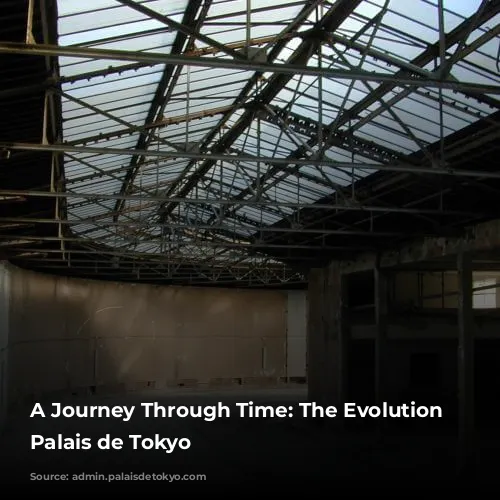
Palais de Tokyo: A Tapestry of Art and History
The Palais de Tokyo’s journey, from its grand beginnings as a museum to its current role as a leading center for contemporary art, is a testament to the ever-evolving nature of art and its ability to adapt to the changing world around it. This remarkable building, rooted in the past but fiercely focused on the future, stands as a powerful symbol of artistic innovation and the enduring spirit of creativity.
